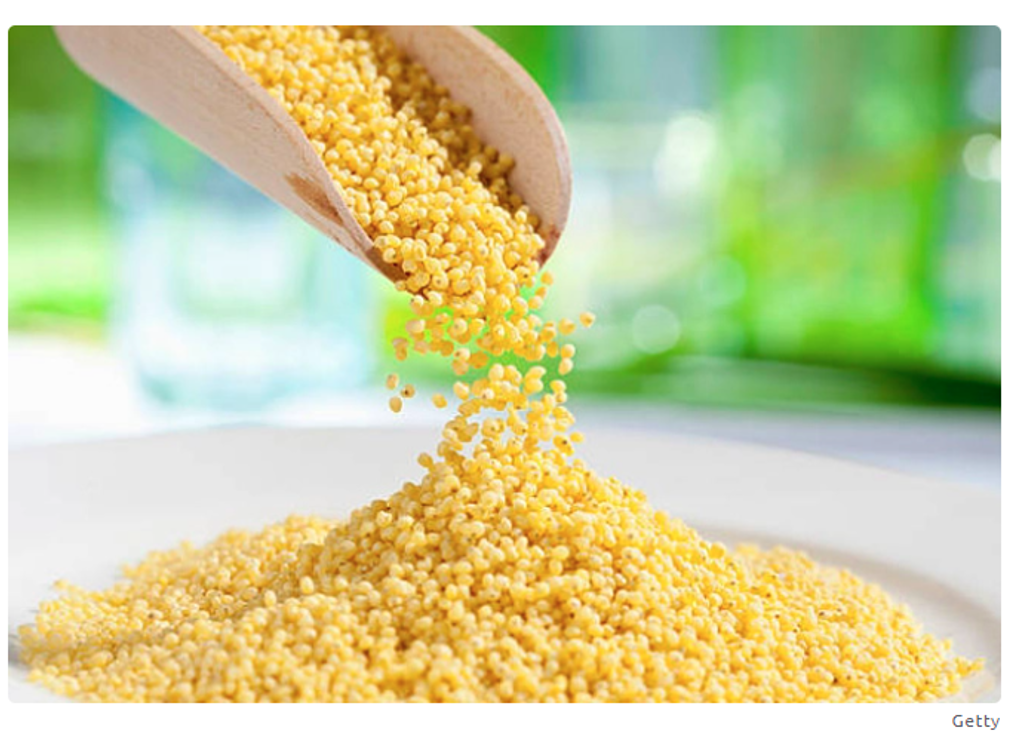Read full article by Shobha Suri@ Observer Research Foundation Photo Credit: Getty
Urging the world to focus on the overall advantages of growing and consuming the climate-resilient crop ‘Millet’, as the crop offers hassle-free production and great health benefits to its consumers.
The United Nations (UN) has declared 2023 as ‘the international year of millets’ and has called all stakeholders to provide support to draw policy attention to the nutritional and health benefits of millet consumption, and their suitability for cultivation under adverse and changing climatic conditions. Millets have the potential to help achieve the sustainable development goals (SDGs)—mainly SDG 2 (Zero Hunger), SDG3 (Good Health and Well-being), SDG 12 (Sustainable Consumption and Production), and SDG 13 (Climate Action). Growing millet has many advantages: Being a rain-fed crop with minimal use of fertilisers; no pesticide as they are less vulnerable to insect attack; seeds of millet can be stored for years making it advantageous in drought-prone areas.
According to The International Crop Research Institute for the Semi-Arid Tropics (ICRISAT), more than 90 million people in Africa and Asia depend on millets in their diet. Although the global millet consumption has declined at a rate of 9 percent, the Millet Market forecast for 2022-27 shows promising trends. India dominates the global production at 41 percent, whereas the consumption has been receding over the years. On the other hand, Africa has become the largest consumer of millets at 40 percent.
Millets are multipurpose: They consume 70 percent less water than rice; grow in half the time of wheat; and require 40 percent less energy in processing. They are one-stop solution in the wake of climate change, water scarcity, and drought conditions along with high nutritive value to provide sustainable food security (fig 1). Millets are an excellent source of antioxidants and help enhance capability of probiotics with potential health benefits. They play a role in body immune system, a solution to tackle childhood undernutrition and iron deficiency anaemia. Evidence indicates higher nutritive value of millets as compared to other cereal crops.

